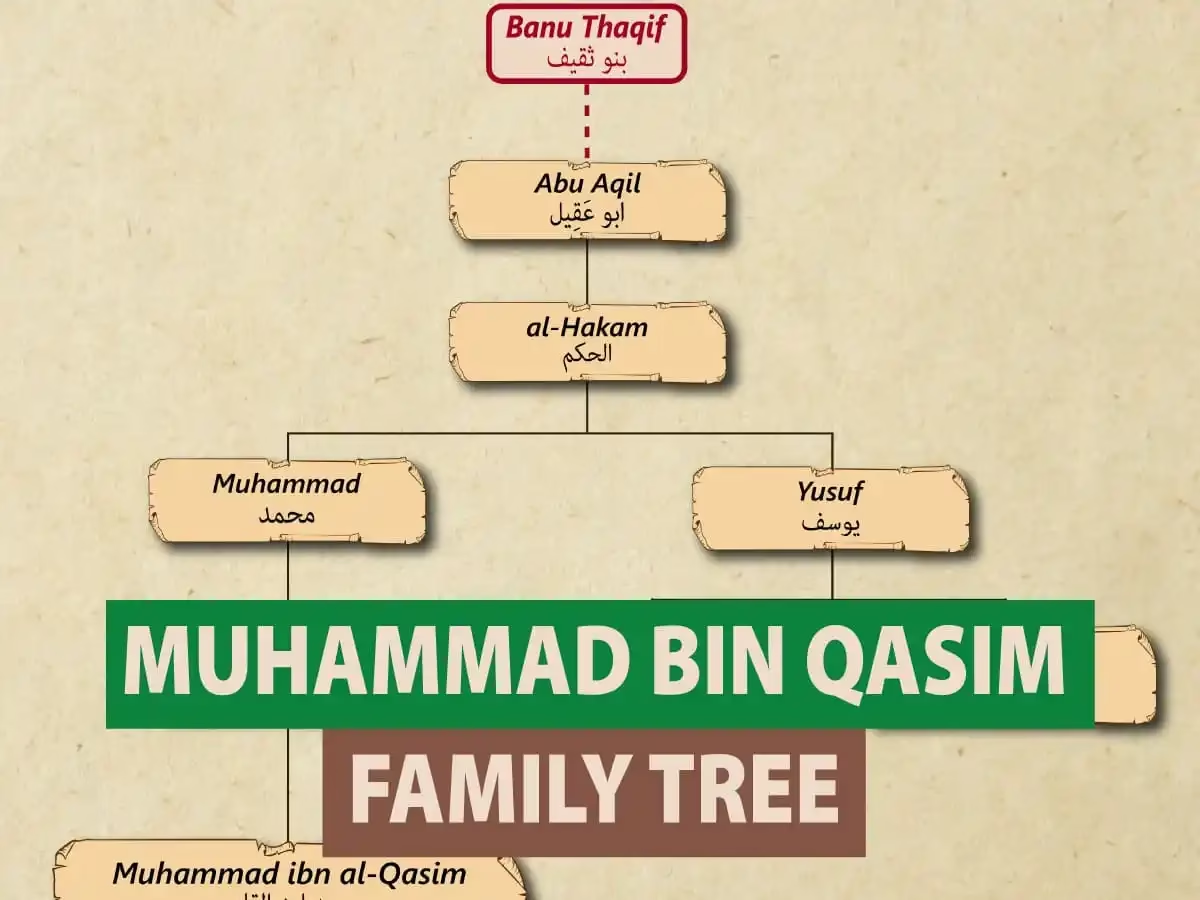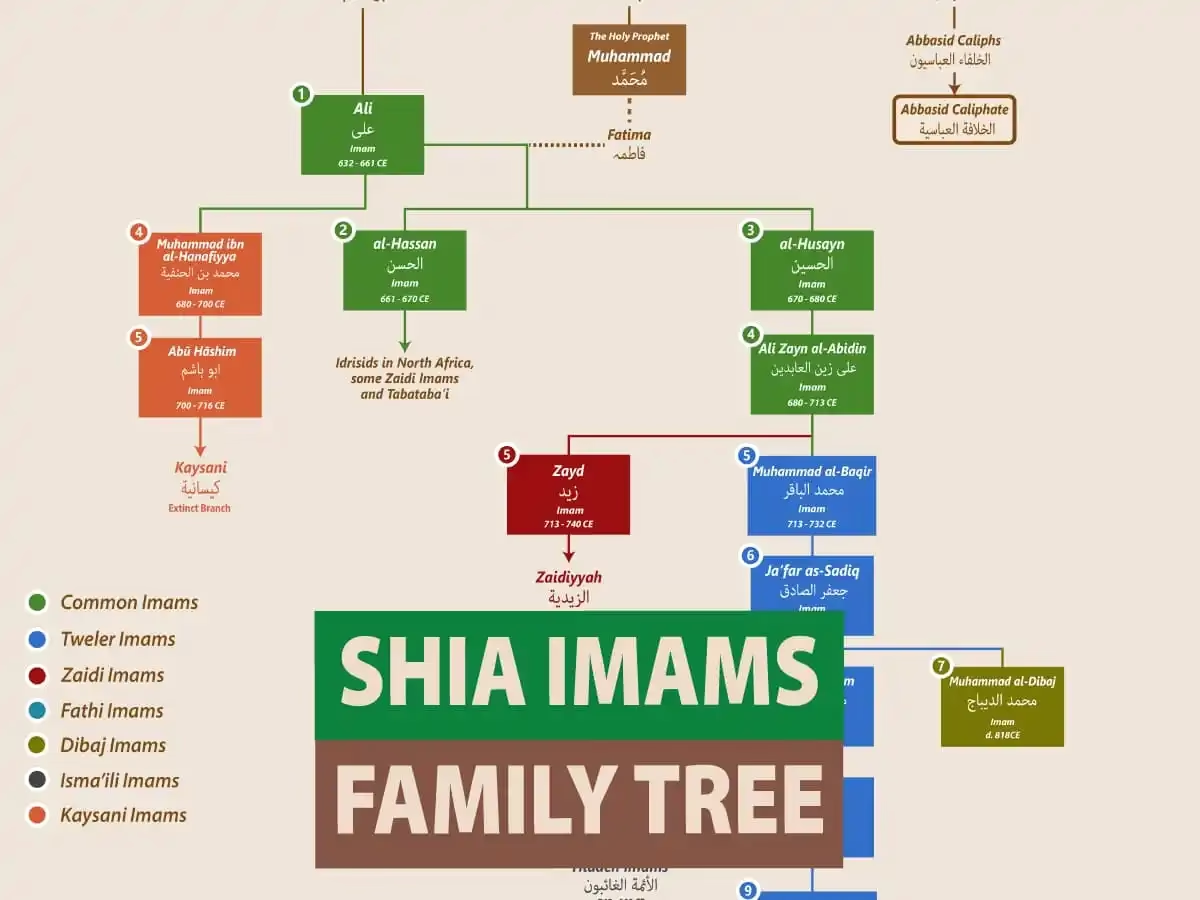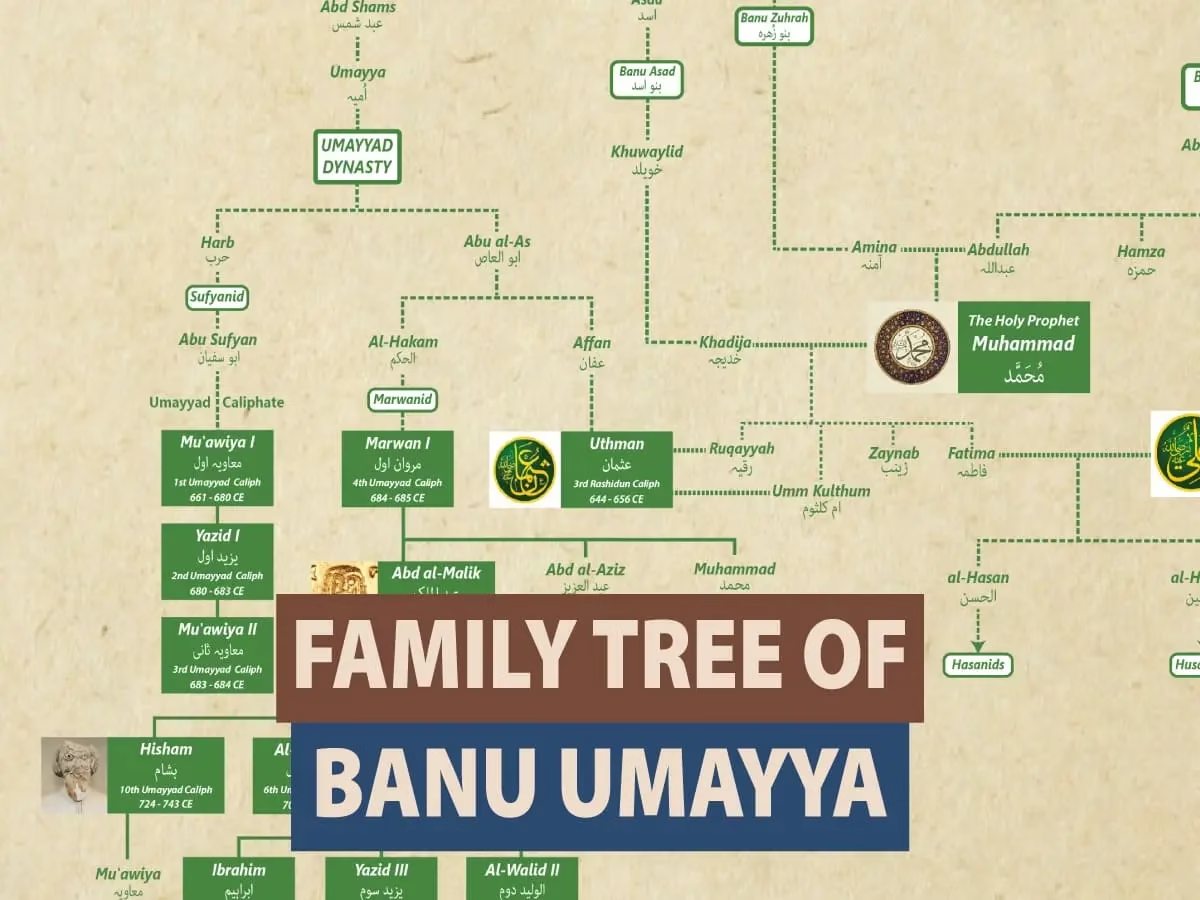Sultan Mahmud of Ghazni is one of the most prominent figures in Islamic and South Asian history. His rule marked the height of the Ghaznavid Empire, and his military campaigns significantly shaped the region’s cultural and political landscape. However, beyond his military achievements, his family tree tells a fascinating story of succession, power struggles, and dynastic influence.
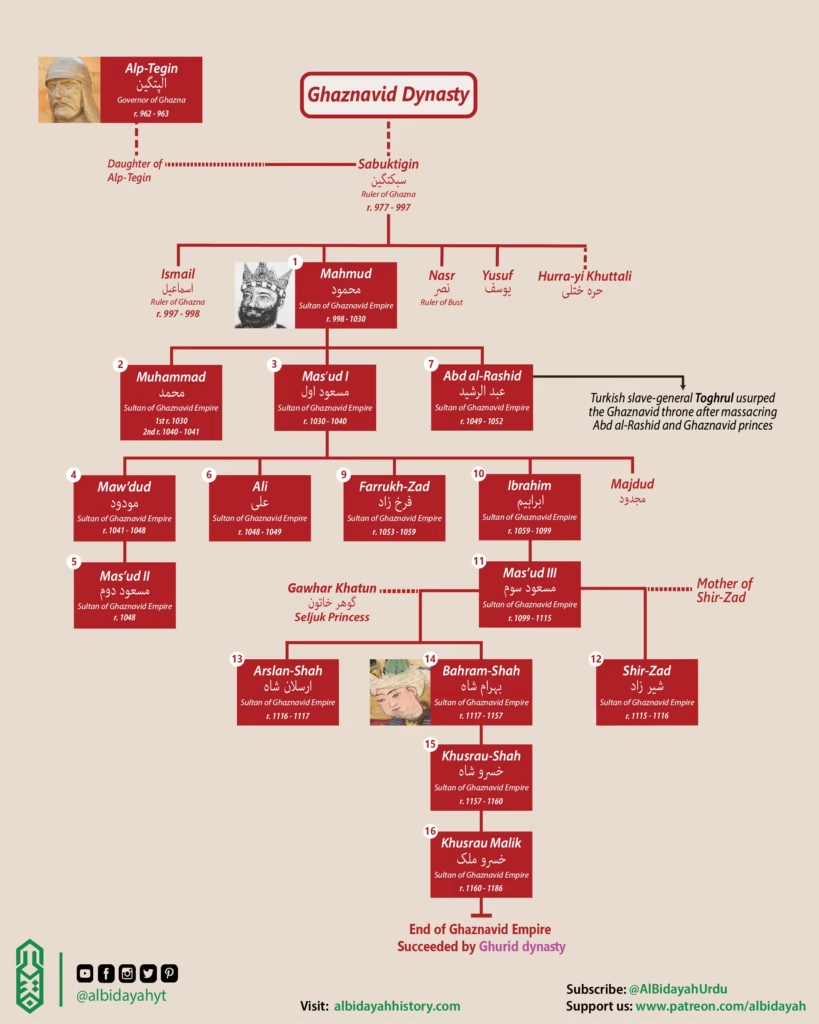
Alp-Tegin
Alp-Tegin also known as Alptekin, was a Turkic slave commander who rose to prominence in the Samanid Empire. He later became the semi-independent governor of Ghazna, ruling from 962 until his death in 963. Before assuming control of Ghazni, Alp-Tegin served as the commander-in-chief (sipahsalar) of the Samanid army in Khorasan. After his death, his son, Abu Ishaq Ibrahim, succeeded him.
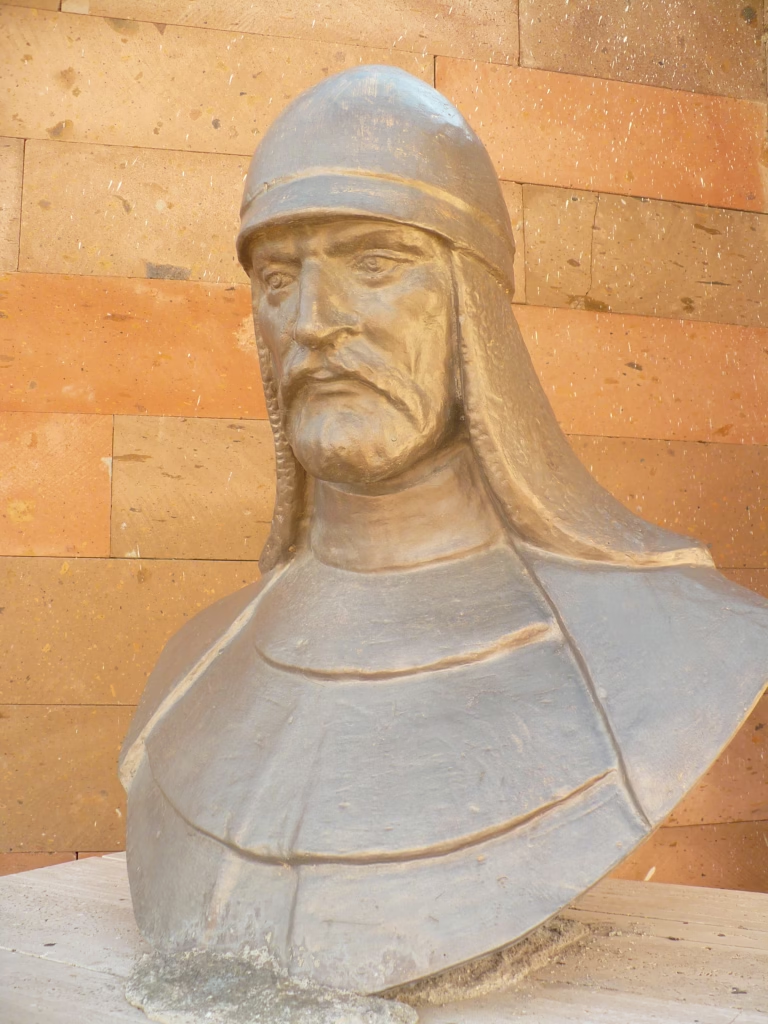
Ghaznavid Dynasty
Sabuktigin, Founder of Ghaznavid Dynasty
Sabuktigin was the founder of the Ghaznavid dynasty and ruled Ghazni from 977 to 997. Originally a Turkic slave, he was purchased by Alp-Tegin, the Samanid commander. After Alp-Tegin’s death, Sabuktigin gained prominence and was chosen as ruler in 977.
He expanded his rule down to south of present-day Afghanistan and north of Balochistan, waging wars against the Hindu Shahi dynasty and opening India to future Ghaznavid invasions. Before executing an agreement to divide the Samanid Empire with the Kara-Khanids, he died en route to Ghazna in 997.
Ismail of Ghazni, Emir of Ghazna
Ismail of Ghazni ruled as the Emir of Ghazna for seven months, from August 997 to March 998. He succeeded his father, Sabuktigin, who appointed him as heir on his deathbed. At the time, Mahmud, Ismail’s elder brother, was engaged in the Samanid civil war and stationed in Nishapur.
Upon hearing of his father’s death, Mahmud challenged Ismail’s claim to the throne. Mahmud defeated Ismail in the Battle of Ghazni, took the throne, and imprisoned him in Guzgan for life. The reason Sabuktigin favored Ismail over Mahmud is uncertain, though it may have been due to Ismail’s maternal lineage, as his mother was the daughter of Sabuktigin’s former master, Alp-Tegin.
1. Sultan Mahmud of Ghazni
Mahmud of Ghazni or Mahmud Ghaznavi ruled the Ghaznavid Empire from 998 to 1030. He expanded his kingdom into a vast military empire, stretching from northwestern Iran to Punjab, Khwarazm, and Makran. Highly Persianized, Mahmud continued the bureaucratic, political, and cultural customs of his predecessors, the Samanids.
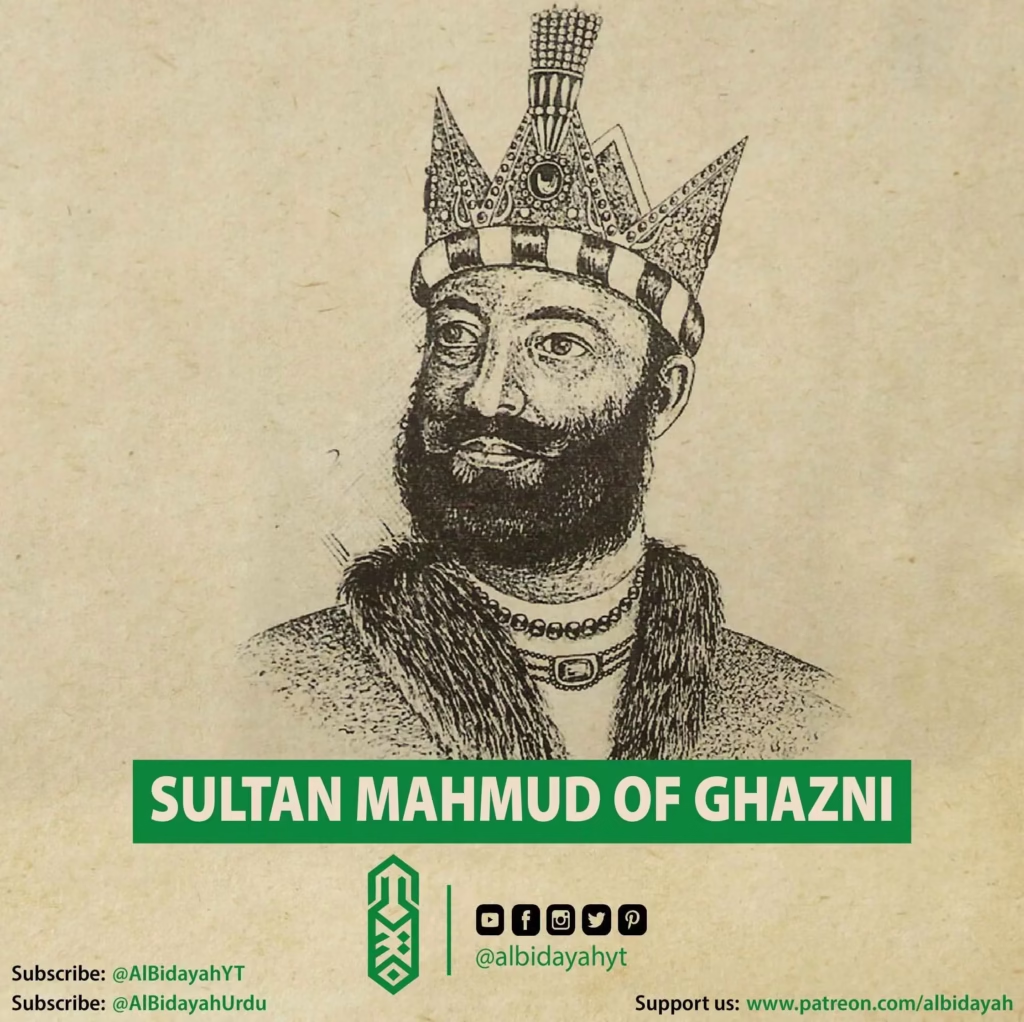
At 27, Mahmud claimed the throne after a brief succession conflict with his brother Ismail. He became the first ruler to adopt the title “Sultan” (authority), symbolizing his authority while maintaining ties to the Abbasid Caliphate. His reign was marked by 17 invasions into the Indian subcontinent, targeting wealthy cities and temple towns like Mathura and Somnath. The immense plunder from these campaigns financed the grandeur of his capital, Ghazni, solidifying his legacy as a formidable conqueror.
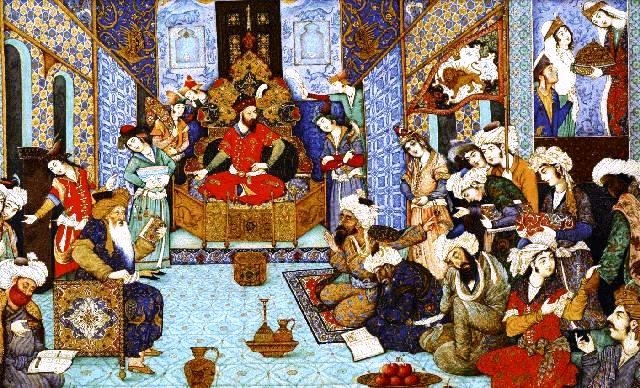
2. Sultan Muhammad of Ghazni
Muhammad of Ghazni briefly ruled the Ghaznavid Empire in 1030 and later from 1040 to 1041. He ascended the throne after his father Mahmud’s death but was soon overthrown, blinded, and imprisoned by his twin brother Ma’sud I. After nine years, he regained power but was defeated in Nangrahar and slain by his nephew Maw’dud.
3. Sultan Masʽud I of Ghazni
Masʽud I of Ghazni, known as Amīr-i Shahīd (the Martyr King), ruled the Ghaznavid Empire from 1030 to 1040. He seized the throne from his twin brother Muhammad, who was then blinded and imprisoned. However, when much of Masʽud’s western domains had been wrested from his control, his troops rebelled against him and reinstated Muhammad to the throne.
4. Sultan Mawdud of Ghazni
Mawdud of Ghazni (d. 1050) ruled the Ghaznavid Empire from 1041 to 1050, seizing the throne from his uncle Muhammad to avenge his father, Masʽud I. His brother Majdud opposed him but died suddenly, allowing Mawdud to consolidate power. Facing Seljuk expansion, he stabilized his western front while retaining Afghan and Indus valley territories.
Keikavus, author of Qabus Nama, was a guest at his court for several years.
5. Sultan Masu’d II of Ghazni
Mas’ud II was Ghaznavid Sultan for sometime in 1048. Masud was the son and successor of Mawdud of Ghazni, and ruled for a short period.
6. Sultan Ali of Ghazni
Ali briefly ruled after his nephew Mas’ud II but was challenged by Abdur Rashid, who sent an army to arrest him. However, the vizier leading the army switched sides, defeated Ali, reinstated Abdur Rashid, and had Ali killed in 1050.
7. Sultan Abd al-Rashid of Ghazni
Abd al-Rashid ruled the Ghaznavid Empire from 1049 to 1052, succeeding his nephew Ali ibn Mawdud. However, his rule was challenged by Toghrul, a Turkic slave general, who usurped the throne and killed Abd al-Rashid.
Toghrul of Ghazni
Toghrul of Ghazni, a Turkic slave general, usurped the Ghaznavid throne from Abd al-Rashid. Originally a ghulam in the Ghaznavid Empire, he secured power through a violent coup, massacring eleven Ghaznavid princes. His actions earned him infamy, with titles such as “the accursed” and “the contemptible.”
After taking control of Ghazni, Toghrul sought support from Kirghiz, the Ghaznavid general in India. However, Kirghiz condemned him for massacring the royal princes. To legitimize his rule, Toghrul married Mas’ud I’s daughter and minted coins in his name. Despite this, Kirghiz encouraged resistance, leading a ghulam named Nushtigin to assassinate Toghrul. By the time Kirghiz arrived, Toghrul’s head was already being paraded in Ghazna.
8. Sultan Farrukh-Zad of Ghazni
Farrukh-Zad was one of the few Ghaznavid princes who escaped Toghrul’s massacre in 1052, having been at the fortress of Barghund. He ruled the Ghaznavid Empire from 1053 to April 4, 1059. His reign was marked by peace, prosperity, and stability, free from palace conflicts until its later years. A devout Muslim, he observed fasting during Rajab, Sha’ban, and Ramadan.
9. Sultan Ibrahim of Ghazni
Ibrahim of Ghazni ruled the Ghaznavid Empire from 1059 to 1099. After escaping Toghrul’s massacre in 1052, he was imprisoned in Nay until his brother Farrukh-Zad’s death. Recognized as the last surviving male Ghaznavid, he was escorted to Ghazna and crowned on April 6, 1059. His reign was considered a Golden Age for the Ghaznavid empire, due to the treaties and cultural exchanges with the Great Seljuq empire.
10. Sultan Mas’ud III of Ghazni
Mas’ud III, son of Ibrahim of Ghazni, ruled as sultan for 16 years. In 1112, he built the Palace of Sultan Mas’ud III and one of the Minarets of Ghazni in Afghanistan. To secure peace between the Ghaznavids and the Great Seljuqs, he married Gawhar Khatun, daughter of Seljuq Sultan Malik-Shah.
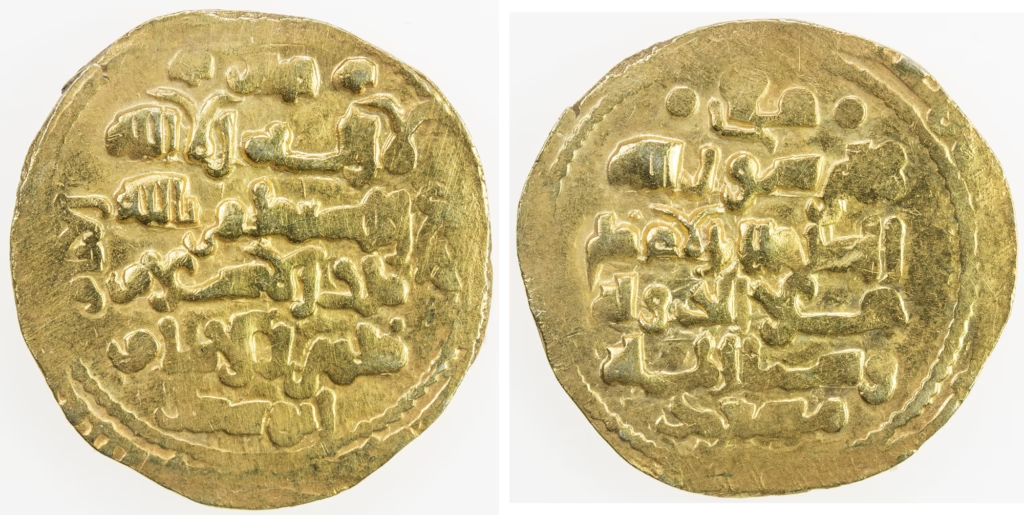
11. Sultan Shir-Zad of Ghazni
Shir-Zad, son of Mas’ud III, served as a governor in India before becoming sultan of the Ghaznavid Empir. His rule lasted only a year before he was overthrown by his brother, Arslan-Shah, in February 1116. Shir-Zad fled to Tabaristan, where he was sheltered by the Bavandid ruler. After a pilgrimage to Mecca, he attempted to reclaim the throne but was killed by Arslan-Shah.
12. Sultan Arslan-Shah
Arslan-Shah seized the Ghaznavid throne in 1116 after overthrowing his brother Shir-Zad. He imprisoned or blinded his other brothers, except Bahram. However, his harsh treatment of his mother, a Seljuq princess, led her brother, Ahmad Sanjar, to invade. Sanjar defeated Arslan, installed Bahram-Shah as ruler, and imposed Seljuq suzerainty. After Sanjar withdrew, Arslan returned and drove Bahram out, forcing Sanjar to intervene again. Defeated, Arslan fled to the Afghans but was captured and executed.
13. Sultan Bahram-Shah of Ghazni
Bahram-Shah was Son of Mas’ud III and Gawhar Khatun, sister of Sutan Ahmad Sanjar, ruled the Ghaznavid Empire from 1117 to 1157. During his entire reign, his empire was a tributary of the Great Seljuq Empire.
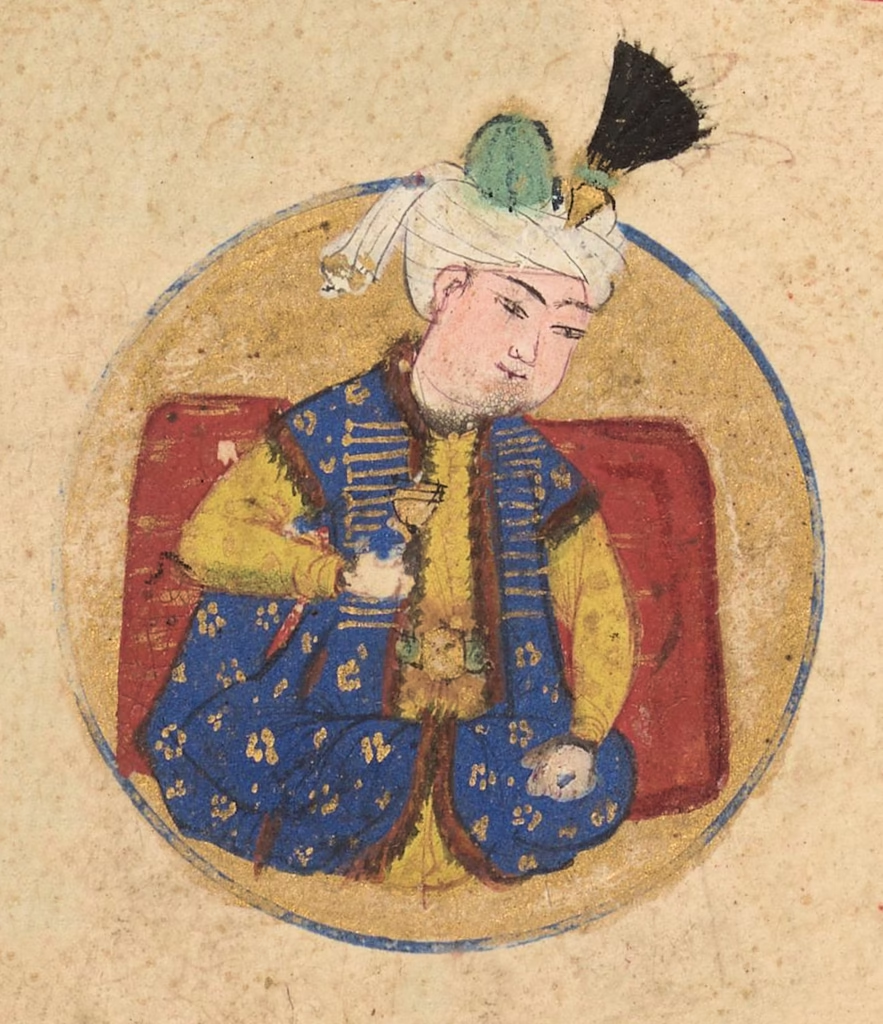
Bahram-Shah invited his son-in-law, Qutb ad-Din Muhammad, to court but suspected him of plotting an attack. He had Qutb ad-Din Muhammad poisoned, though his brother, Sayf al-Din Suri, escaped. In 1148, Sayf returned with an army, defeated Bahram at Ghazni, and forced him to flee to Kurram. Bahram regrouped and counterattacked, capturing and executing Sayf.
In 1150, Sayf’s brother, Ala al-Din Husayn, led a Ghurid invasion, crushing Bahram’s forces at Tiginabad. Bahram fled to Ghazni but was repeatedly defeated. The Ghurids burned the city, massacred 60,000 people, and desecrated Ghaznavid tombs, earning Ala al-Din the title “World Burner.” Bahram escaped to India, rebuilt his army, and later reclaimed Ghazni after Ala al-Din was defeated by the Seljuq forces. Bahram spent his remaining days in Ghazni, died in 1157 and was succeeded by his son, Khusrau Shah.
14. Sultan Khusrau-Shah
Khusrau Shah was the penultimate Sultan of the Ghaznavid Dynasty from 1157 to 1160, and the eldest son of Bahram-Shah. During his short reign, he lost southeastern Afghanistan to Ala al-Din Husayn, Malik of Ghurid Empire. He was succeeded by his son, Khusrau Malik.
15. Sultan Mas’ud III of Ghazni
Khusrau Malik was the last Sultan of the Ghaznavid Empire, ruling from 1160 to 1186. In 1178, Ghurid ruler Mu’izz al-Din Muhammad invaded Punjab, reaching Gujarat and later capturing Peshawar (1179/80). By 1181/2, he surrounded Lahore but withdrew after Khusrau Malik paid him off. However, in 1186, the Ghurids took Lahore, ending the Ghaznavid Empire. Khusrau Malik and his son Bahram-Shah were taken to Ghur and imprisoned, marking the end of the Ghaznavid Empire. Both were executed in 1191.

